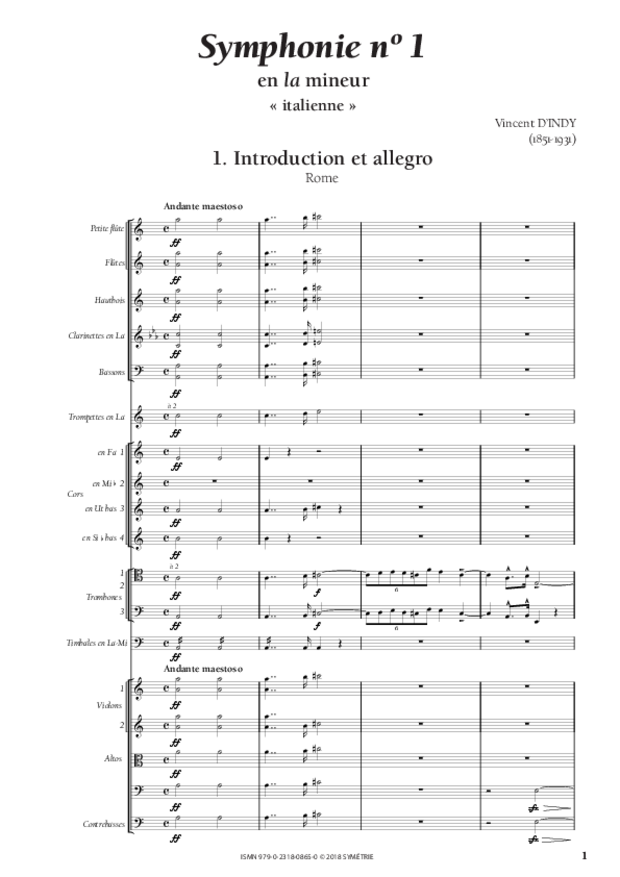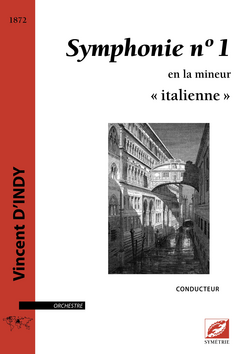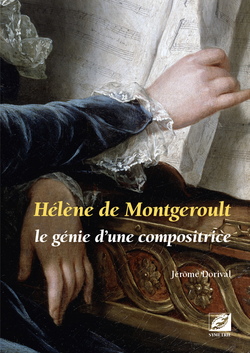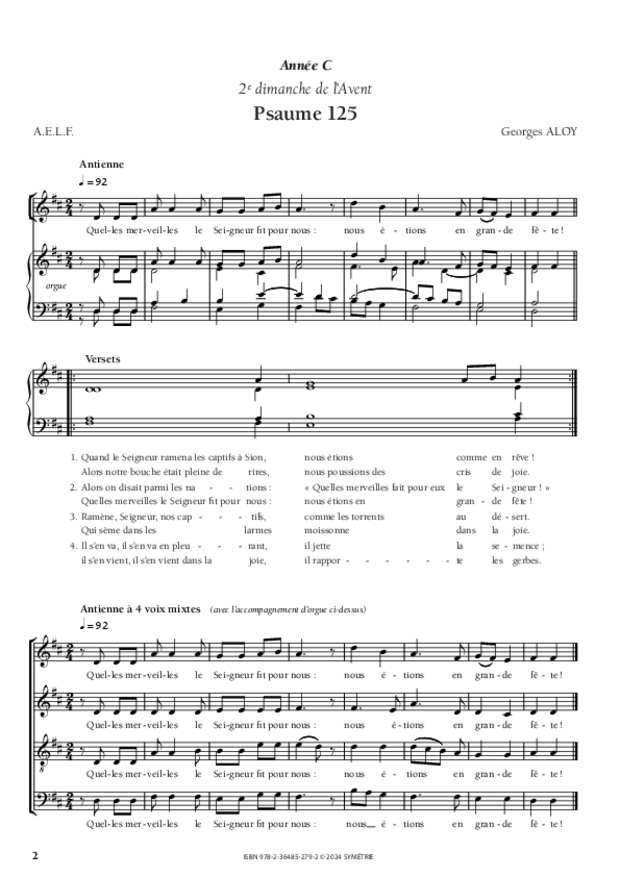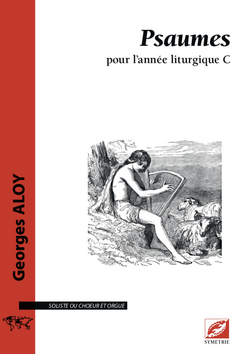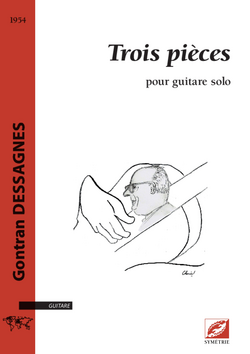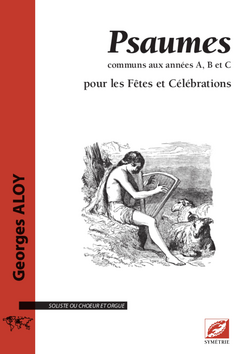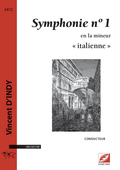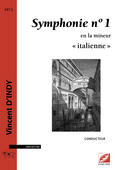To this day it is nearly impossible to summarize in a few lines the life and the works of Vincent d’Indy. Because of an exceptionally rich career (as a composer, a teacher, a publisher and a concert producer) and persistent surviving common beliefs, peppered with controversies over a personality and convictions seen, at times rightfully so, as difficult to stand up for. Yet he remains a major figure in the French musical scene at the end of the 19th century next to Ravel, Debussy, Fauré, Saint-Saëns and Massenet. As a matter of fact, he simply cannot be ignored.
The rediscovery of his first compositions is therefore a major event for a better and objective understanding of his works and aesthetics.
D’Indy was born in Paris on March 27th, 1851 from old Ardeche nobility. After he lost his mother at a very young age, he was raised by his grandmother in the strictest respect of his social status, and received a rigorous, solid and thorough education, predictably including music. Very naturally he was taught by the best teachers of his time, Antoine Marmontel and Louis Diémer for the piano or César Franck for the organ, counterpoint and composition.
During these earlier years he developed his taste for the higher demands of the musical art: rejecting the devices of Italian art as trivial and invasive, he turned to Germany and Beethoven, Weber, Mendelssohn or Wagner, to the older music from Palestrina to Johann Sebastian Bach, to the great operas by Gluck and Meyerbeer, or to the stylistic and orchestral daring of Berlioz. These were his many models as a composer and also as a teacher of composition at the prestigious Schola Cantorum, which he founded in 1894 with Charles Bordes and Alexandre Guilmant.
The principles of his monumental “Course of composition” played an important part in the rising of a whole generation of composers, soon gathered under the banner of the “Ars Gallica”. In a similar concern to promote the young French school, he joined at the same time the National Society of Music founded in 1871 by Camille Saint-Saëns and Romain Bussine. As another evidence of his influence, the list of his students include the names of Satie, Albéniz, Varèse, Roussel, Honegger, Milhaud, Déodat de Séverac or Paul Le Flem.
By the time he died in Paris on December 2nd, 1931, d’Indy had become an artistic key figure. Hailed by the great Claude Debussy for that “quiet boldness […] to go beyond himself”, he left a vivid and inventive legacy that never failed to astonish his contemporaries; a far different reality from the arid and fossilized – in short scholastic – image that became his. Yet, between the strongly assumed Wagnerism of his youth and the elegant neoclassicism of his maturity from Le Chant de la cloche (1884) and the Symphonie sur un chant montagnard français (1886) until his chamber music pieces, many of his works are among the most significant of the French repertoire.
Publications
Format bibliographique à copier
d’Indy, Vincent. Symphonie en la mineur, « italienne », préface de Cyril Bongers, Symétrie, 2018, 236 p.d’Indy, Vincent. Symphonie en la mineur, « italienne », Symétrie, 2018, 236 p.
d’Indy, Vincent. Symphonie en la mineur, « italienne », Symétrie, 2017.
